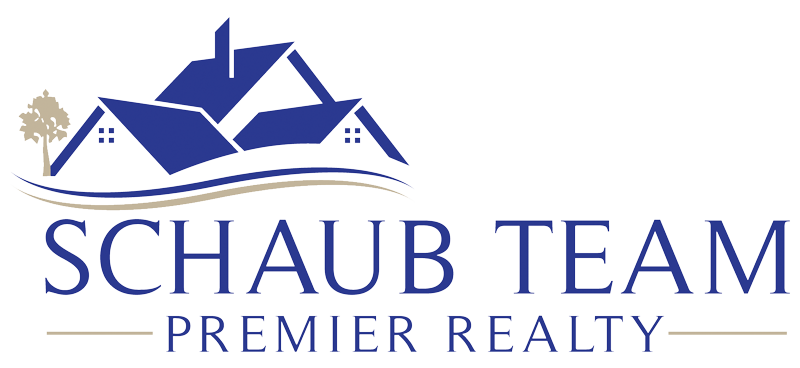Schaub Team Blog
Understanding Property Taxes
Posted by Jamie Jewell on May 03 , 2024 - 11:55 am
.jpg)
Once you have established your budget to purchase a home, some additional factors must be considered. It’s important to know the associated expenses like property taxes which are typically categorized as the second highest expense after a mortgage. Understanding how the property taxes are calculated and the millages associated with the various townships and villages will help as you determine the location.
Property taxes are based on a combination of two calculations: the property’s taxable value and the existing millage rates.
To understand what goes into establishing the assessed value for a property, we reached out to Andrew Giguere of the Leelanau County Equalization Department. Giguere explained, “There is more that goes into determining assessed value. It’s not as simple as what it sold for and there are statutory regulations that prevent assessors from chasing sales”.
Local assessors study the market in specific areas by looking at sales for similar properties within the past two years. To establish assessed values for 2024, the sales study time frame included April 1, 2021, through March 31, 2023. This sales study time frame is consistent throughout the state of Michigan and property owners can expect to pay the summer and winter taxes off the assessment notice received in February each year.
Assessors also have a manual provided by the Michigan Tax Commission that can also be used to evaluate the cost of different structure components. Those components are depreciated to reflect age and condition known as a Cost Approach. Assessors use both recent sales as well as the cost approach in determining their assessments.
The assessed value of a home is 50% of the "true cash value" as determined by a local assessor. In theory, the assessment should reflect the market. Years ago, the assessed value was used to calculate a home’s property taxes. But, in 1994, voters in Michigan passed an amendment (Proposal A) to base property taxes on the taxable value instead. The assessed value can go up significantly sometimes keeping pace with the market. Yet, the taxable value is capped, increasing annually at the rate of inflation or a cap of 5%, whichever is lower. For the first time since 1995, the inflation rate multiplier was higher than the 5% capped value in 2023 and again in 2024.
The assessed value comes into play when a home is sold. The taxable value will be “uncapped” and reset to the home’s assessed value which will be reflected in the following year’s (after the sale) tax bill.
Property taxes are computed by multiplying the taxable value of the property by the millage rate divided by 1,000. Millage rates can be found on the property tax statement, or by contacting local city/township/village assessor’s offices. Before making an offer or purchasing a property, taxes can be estimated by using the Property Tax Estimator.
Millage rates for your property are determined by who or what is taxing you – meaning different rates are charged by different agencies including state, township/city, county, school boards, and emergency service districts. The combination of those calculations is used to determine a property tax bill.
Additional information and questions regarding your taxes can be directed to the local township, or village assessor at https://www.leelanau.gov/.
It’s important to note that a realtor’s assessment of a fair market value for a home may vary from the assessed value. Several factors play into a detailed comparative market analysis including current market conditions in various sectors (ie. Lake frontage), property, and home features. The demand in northern Michigan, and Leelanau in particular, has affected the “fair market values” established by brokerages which ultimately is reflected in the list price.
If you or someone you know is considering selling, please contact Schaub Team Premier Realty for a free consultation and Comprehensive Market Analysis.

Comments
No comments.
Post a Comment